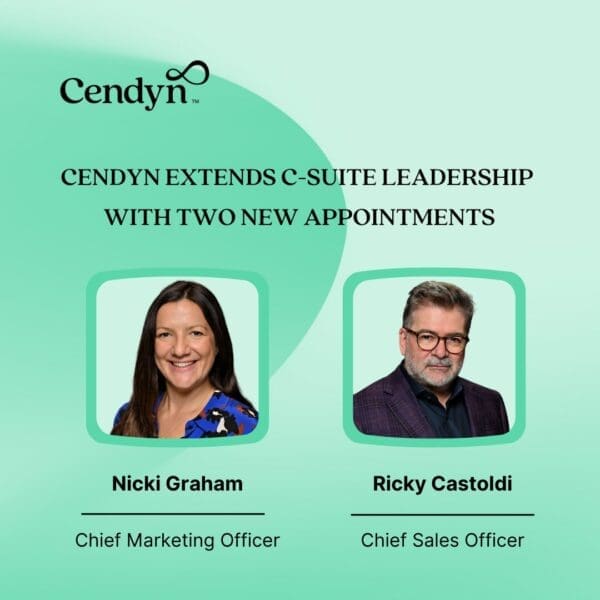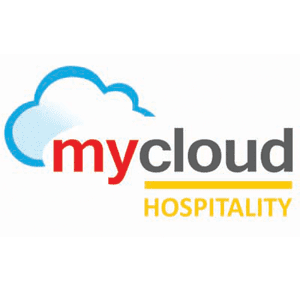 Let’s face it hotel technology isn’t a supporting player in the guest experience anymore. It is an essential part of every guest journey, an integral aspect of each step of the guest’s experience of a property—before, during, and after the stay. As such, it can make or break those guest reviews and has long-term effects on loyalty. It seems most hotels know this because over half (54%) plan to increase their technology spending this year, according to the 2019 Lodging Technology Study.
Let’s face it hotel technology isn’t a supporting player in the guest experience anymore. It is an essential part of every guest journey, an integral aspect of each step of the guest’s experience of a property—before, during, and after the stay. As such, it can make or break those guest reviews and has long-term effects on loyalty. It seems most hotels know this because over half (54%) plan to increase their technology spending this year, according to the 2019 Lodging Technology Study.
There’s a lot getting in the way of bringing technology to the forefront of the experience, though. In the same report, hotels said their tech strategies are held back by outdated architecture (35%), the effort required for systems integrations (35%), and guests that want more technology than properties can deliver (18%), among other things.
We say, “It’s actually not so hard.” One of the solutions to the tech problem is for hotels to re-evaluate the way they prioritize and integrate technology. Instead of beginning with a laundry list of possible technologies to implement (i.e., mobile check-in, voice-activated in-room tech, rate optimization and distribution technology, and so forth), start with the guest. Hotels know—or should know—who they are after. The ideal guest. And every ideal guest has a different set of needs and wants. How hotels prioritize hotel technology has everything to do with making a love match between the right technology and the right travelers. And the Guest Journey Game is here to help.
How it works
There are six basic types of travelers. Among them, Cobi, Gen Z (young, hip, looking for a good time at a great price); The Family (has a lot to consider to keep everyone happy); and Paula & Ricky, The Couple (anniversaries and long weekends, here we come).
Since we’re talking love interests, let’s talk about Paula & Ricky. The Couple. It’s their first anniversary, but they’re still paying off the wedding. They’re looking for a reasonably priced staycation but want the experience to be stellar so reviews matter. Hotels that play the game will walk through the experience through Paula & Ricky’s eyes, identifying things like whether or not rates are optimized automatically with the most up-to-date rates on all the sites they would visit; if opportunities to add roses or champagne to the reservation have been presented; if the check-in process is clunky or smooth; and how easy it is to book activities once they’re on-site. After all the choices have been made, the game, created and sponsored by apaleo, will send you a note about how well you did at reaching your target traveler along with a report about what Paula & Ricky really want in their stay.
The Guest Journey Game Report offers confirmation of how well you’re doing, a detailed look at the traveler profile and what they want in their stay, the core technology set-up that can deliver it, and the add-ons they need to drive the perfect guest journey. For instance, they’re in the early 30s and cost-conscious. They DO want personal touches and a cozy hotel, and they DON’T want to wait in line or be bothered with screaming children. Hotels will learn how they book, how long their average stay is, and more. A section called “How to Run a Hotel They Love” details everything from revenue management tools to upselling needs to point of sale technologies that properties need to close the deal and keep Paula & Ricky coming back for more. Details on “The Additional Wow Factors” encourage hotels to think beyond the basics about things like ancillary activities, experiences, smart rooms, and more.
Cobi, the youngest and tech-savviest of the bunch, wants more from the tech experience than Paula & Ricky. He’s going to want flexible technology, judge the hotel on the seamlessness of the digital experience, and is more inclined to use the in-room tablets and chat features, like a digital concierge.
Hotels may find they’ve got it in the bag with one traveler type but are missing key technologies with another valuable traveler. At the root of reaching all six travelers, however, is a solid cloud-based PMS with open APIs that allow technologies to be added with ease. The parts that most concern hotels—the architecture and the integrations—are solved when the core system is competent for what a hotel needs in the 21st century.
When asked what guest-facing technologies hotels will focus on in the coming year, two out of three hoteliers asked by HotelNewsNow said voice-enabled technology. The third focused on automation via mobile apps. And these may well be where these particular properties need to focus with their ideal guests. However, it only makes sense to look toward the guest first—follow their lead. For some, voice-enabled technology just doesn’t matter. For others, like Cobi, it’s everything. Knowing that hotels simply can’t enable every tech solution, it makes sense to go after a foundation that will offer flexibility and build on exactly what will make your guests happy, and make your property more profitable.


















